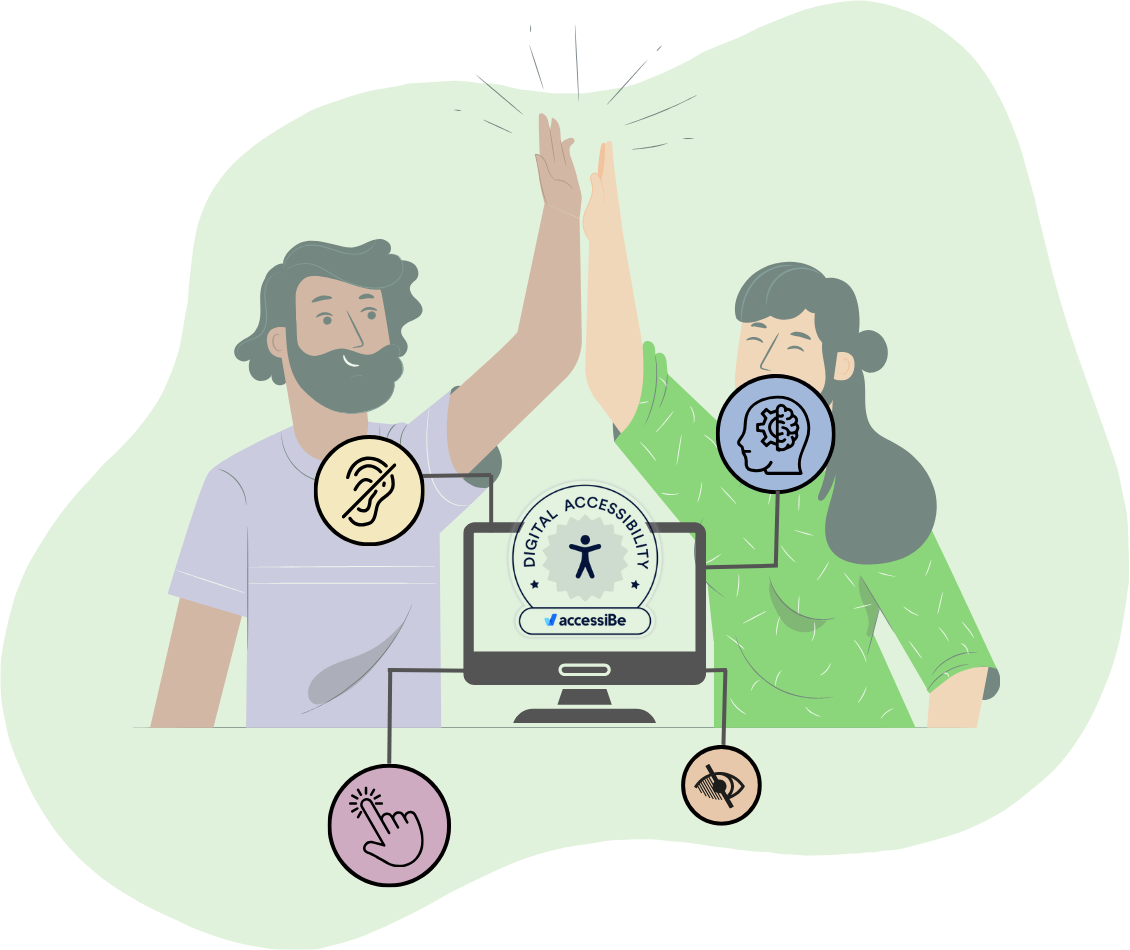 Commitment is scary, isn’t it? In an era with more options than ever before when it comes to applications and tools - HubSpot as a platform is a huge commitment. Even with an open API and hundreds of application integrations, just thinking about how you’ll train your staff, get departments on board, integrate your tech stack and organize your data is a large load. It’s rare that any company just rushes into purchasing HubSpot without consideration, but very often we encounter clients that haven’t considered some of the most important things before they signed up with their HubSpot subscription.
Commitment is scary, isn’t it? In an era with more options than ever before when it comes to applications and tools - HubSpot as a platform is a huge commitment. Even with an open API and hundreds of application integrations, just thinking about how you’ll train your staff, get departments on board, integrate your tech stack and organize your data is a large load. It’s rare that any company just rushes into purchasing HubSpot without consideration, but very often we encounter clients that haven’t considered some of the most important things before they signed up with their HubSpot subscription.
We already covered a few questions to ask before you buy HubSpot, but because we’ve been doing this for so long, we’re adding to the list. Part 2 in what is now a series of questions to ask before you commit to HubSpot has 4 more great questions and considerations to rabbit hole down into before you take the leap with the HubSpot software.
Do you understand how your applications integrate?
When you start the process of vetting out a software like HubSpot that’s going to either replace or work in tandem with the rest of your tech stack, you need to not only take time to do a full analysis of that tech stack, but to really dig into how those applications integrate. By this point (if you’ve already taken a look at the first four questions to ask before you commit to HubSpot) you’ve probably already done a full tech stack analysis or at least completed our tech stack audit worksheet. Through this process you’ll have gained insight into where there’s overlap between your applications, paired them down and determined how they work and work together.
You’ll also want to dig into how they integrate. This usually involves reviewing the integration with the application’s development team or requesting that integration to be reviewed by a technical partner in HubSpot. Understanding exactly what your investment will be ahead of purchasing HubSpot is a very proactive way to ensure that the platform is sustainable and determine how and on what timeline you’ll be able to fully integrate it within your organization. I highly suggest this recent article - 5 questions to ask yourself before completing a HubSpot integration.
It might not hurt to pair up with a HubSpot Developer or architect to help determine the best ways to orchestrate your integration and what things can be accomplished at the same time. If you’re truly serious about HubSpot and data analytics, you’ll want your applications to speak to HubSpot in the most intimate way possible. This is best accomplished by seeking out professionals during the sales process as you’re vetting HubSpot as a solution inside your business.
Related: HubSpot Architects + HubSpot Developers = Perfect Custom Integrations
Do you have the buy-in from all your departments?
Even Neil in accounting? LoL. Sometimes it can be difficult to get full buy-in on a large scale technology platform investment from all departments. However, it’s one of the most important aspects of adopting HubSpot as a platform into your organization. So often we see instances where the decision to adopt HubSpot was made by a CMO or Marketing Director, only for that person to leave behind a sizable subscription and for the customer to fall off the platform. By making a proactive plan for how this will eventually integrate into all departments including sales, service, marketing and operations - and even parts of accounting - you’ll have a much better chance of getting the most from HubSpot regardless of how your staff or leadership makes changes.
You’ll want to discuss with your rep or your HubSpot technical partner where the opportunities exist for how to streamline the way your data moves through your organization. HubSpot can help make things easier from not just an analytics perspective, but a process perspective as well. The more you take the time to understand where the inefficiencies and processes are before you purchase HubSpot, the better you’ll be able to determine which HubSpot subscription is right for you and which tools you need to learn to get the most ROI from the software.
Related: Saving the most on HubSpot starts with a technical partner
Is your executive team on board?
Your departments are one thing, but perhaps the most critical aspect of determining if HubSpot is a sustainable solution for your company is getting the buy-in of your executive team. HubSpot is a huge investment, and there is sometimes a good amount of pushback (particularly from whoever is in charge of managing the financials) on the investment that goes along with this platform and how to rationalize it.
By including your executive team in the majority of the key meetings during the sales process, you’ll be able to make your best case for the value behind this platform and address major concerns during the process with the experts that can answer all the questions. Eliminating obstacles that stand in the way of your success with HubSpot is one of the most critical aspects of adopting this software. The last thing you need is to have brought in a software without the buy-in of your entire executive team and waste time during the implementation phase rationalizing an important integration expense or getting pushback on training.
Get their questions and concerns out of the way early and situate yourself for success while you get to the meat of exactly what this powerful platform can do for your organization’s data and processes.
Where are your biggest pain points from a data flow perspective?
As you’re getting buy-in and understanding more deeply how your other applications need to work with HubSpot, you’ll definitely learn a lot of intricate details in how data moves through your organization. During this time, try to map out the way customer information and analytics move through your departments from marketing to sales to service to operations and accounting to determine how you may want to setup and organize your data in HubSpot.
While you may not have all the expertise needed to understand how the HubSpot tools can help you better organize and display your data in custom reports, gathering this information will help you approach a HubSpot architect so he or she can configure your data inside the tools using custom reports, properties and custom objects (if available to you) in the best possible way.
Mapping out your data flow and understanding where data may and may not be accessible to all parties is critical to better understand how you can reconfigure your data to change the way its displayed and unlock better data exchange and decision-making with reports and properties and objects in HubSpot.
Taking the time to understand where your pain points are can better help you calculate where inefficiencies lie, which will allow you to understand where you might be losing money and better help you rationalize the expense of the HubSpot software, solve for your employees and improve your working relationships in all departments across the board to better implement the software and make it the most sustainable long term.
Related: Optimize your HubSpot reporting with a HubSpot data architecture audit
It’s no easy feat to really integrate the HubSpot Platform into your departments and use its tools to optimize the way you make decisions to scale your business. It takes a commitment - not just financially, but from a time and adoption perspective as well. Do your homework to understand exactly what it looks like to purchase and really adopt HubSpot *before* you commit.
By getting buy-in early on in the sales process from all departments and your executive team and understanding the full picture of what it will look like and cost to weave HubSpot into your business, you’ll situate yourself for the best chance for success.






